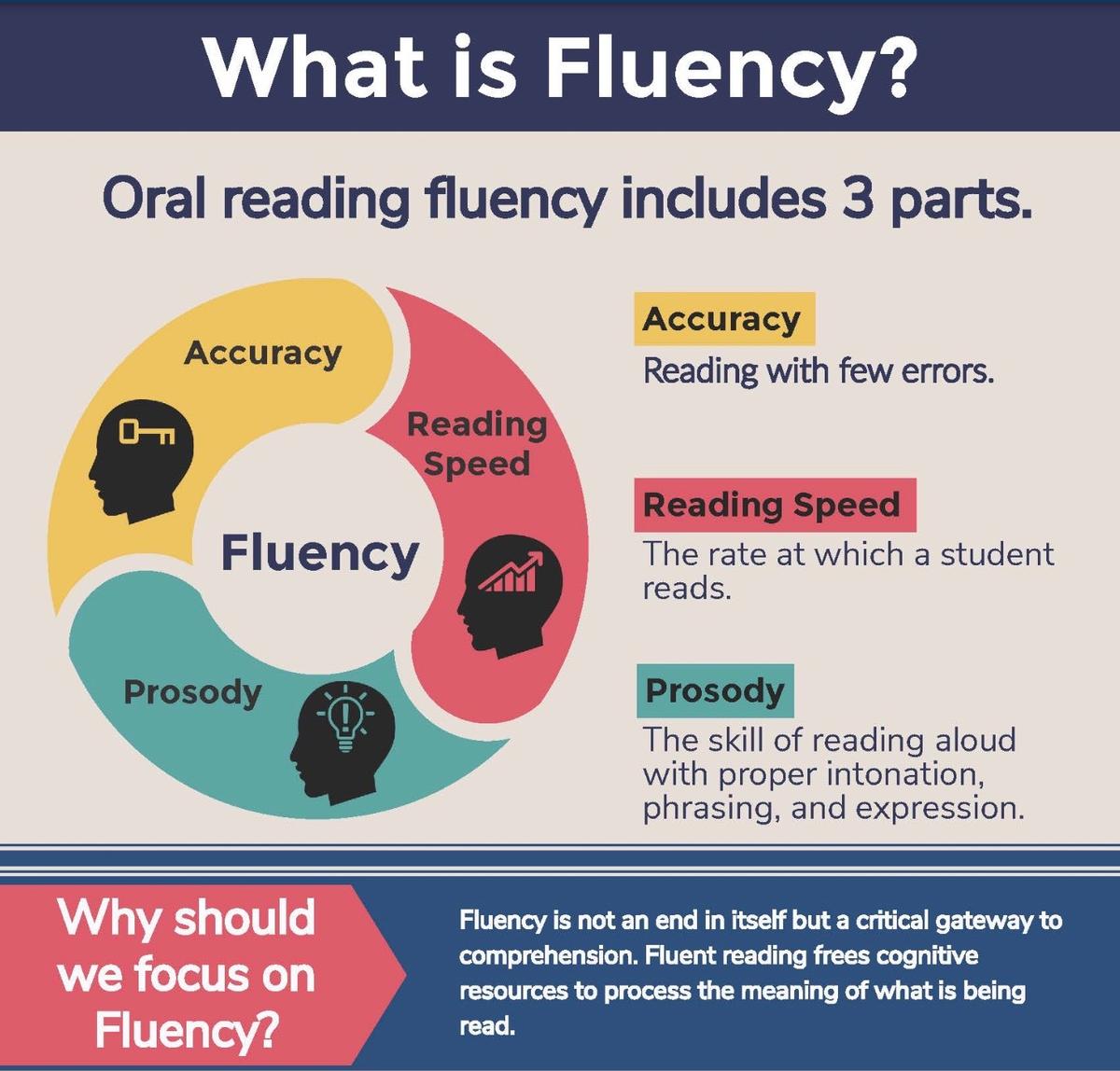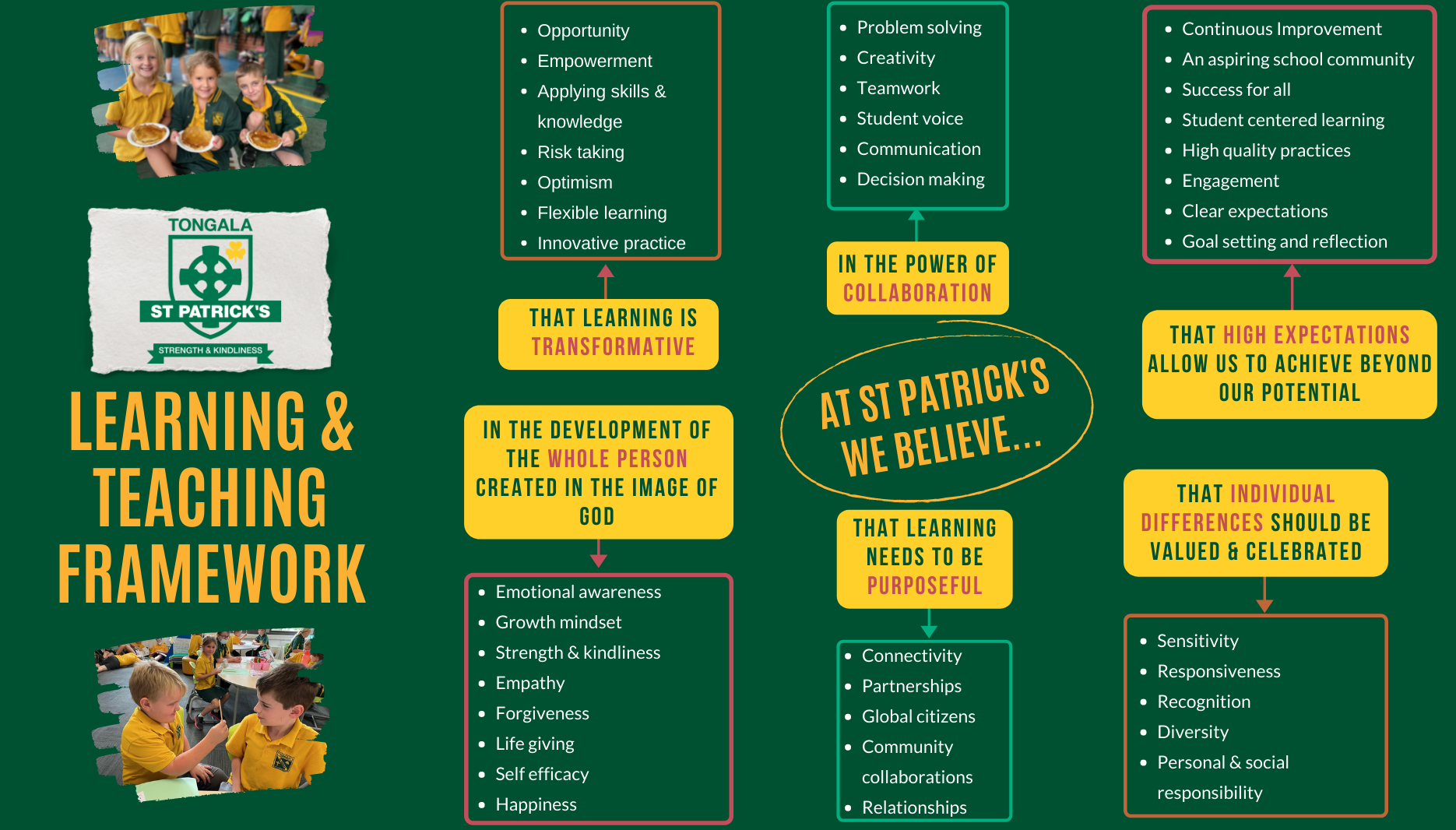Learning & Teaching
Leader: Stephanie Hayes

Learning & Teaching
Leader: Stephanie Hayes
All Grades are currently completing Text Based Units for parts of their Literacy blocks. These Text Based Units are broken up into three parts:
Building the Field
Model, Deconstruct and Support Practice
Independent Practice, Consolidation and Reflection
Each part will be briefly explained through a short list of the different concepts that they explore. Not all these concepts are covered in each Text Based Unit as it depends on the text and what will suit/work.
Building the Field:
The ‘Building the Field’ section covers an introduction to the story; vocabulary prediction; sharing the story; unpacking the vocabulary; answering comprehension questions based on the text; identifying the purpose of the text/audience/genre; drama activity; making connections to the text (self/text/world connections); labelling stimulus pictures; and an introduction to language features.
Model, Deconstruct and Support Practice:
The ‘Model, Deconstruct and Support Practice’ section covers unpacking the plot; exploring the setting; character descriptions; visual language; examining language; and language focuses (verbs/nouns/synonyms/preposition phrases etc.).
Independent Practice, Consolidation and Reflection:
The ‘Independent Practice, Consolidation and Reflection’ section covers teaching of comprehension strategies; personal response to the text; extended writing pieces and sharing/reflection.
Text Based Units vary in length as it depends on how many different concepts can be covered through the text. At the moment these are the Text Based Units that are being taught from Foundation to Grade 6.
Foundation - Possum Magic by Mem Fox


Grade 1/2 - Jetty Jumping by Andrea Rowe


Grade 3/4 - The Elves and the Shoemaker - Original Text


Grade 5/6 - The Lost Thing by Shaun Tan




Print awareness is the understanding that print carries meaning and that in English it reads from left to right. It also means learning that books contain letters and words, have front and back covers, and are handled in a certain way.
Phonological and phonemic awareness is the ability to hear, identify, and play with the sounds in spoken language — including rhymes, syllables, and the smallest units of sound (phonemes).
Phonics is a systematic way to teach the alphabetic principle — the idea that letters represent the sounds of spoken language — and that there is a predictable relationship between letters and sounds.
Fluency is a child's ability to read a book or other text with accuracy, at a reasonable rate, and with appropriate expression. A fluent reader doesn't have to stop and "decode" each word.
Vocabulary is word knowledge. Word learning is an ongoing process. Children are always adding to their "word banks" in order to recognise and understand the meaning of spoken and written words.
Comprehension is the goal of reading! It is the thinking process readers use to understand what they read. Strong vocabulary, background knowledge, and an understanding of how language works are keys to comprehension.


Sourced from - https://improvingliteracy.org/brief/fluency-text

